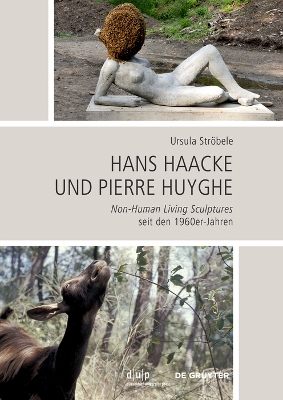Schriftenreihe des Studienzentrums zur Moderne – Bibliothek Herzog Franz von Bayern am Zentralinstitut für Kunstgeschichte
1 total work
Since the 1960s, artists have questioned the traditional idea of opposition between art and nature. They have incorporated animals and plants as co-actors in their work, and so established a sculptural aesthetic of the living, which called for a redefinition of the sculptural genre. This study is the first to examine so-called Non-Human Living Sculptures using the examples of Hans Haacke and Pierre Huyghe. Following a re-reading of the historiography of modernist sculpture, the author re-evaluates and expands on existing theories in individual work analyses. She shows how Haacke’s real-time systems, determined by US systems theory, biology and cybernetics, as well as his rejection of the object aesthetic have shaped contemporary positions such as Huyghe’s situational-aesthetic works.
-
First comprehensive academic study of socalled Non-Human Living Sculptures
-
Re-reading of the historiography of 20th century sculpture
-
Sculptural aesthetics of the living
